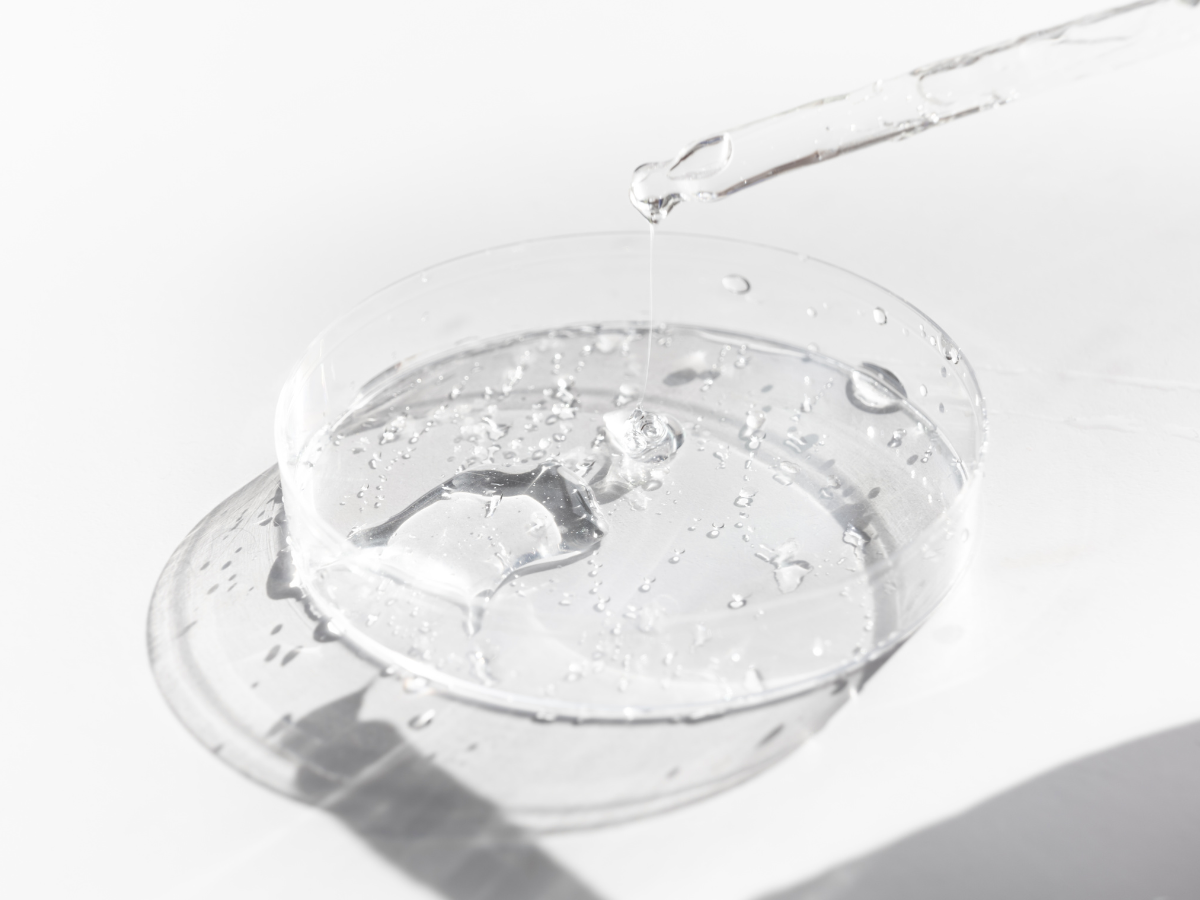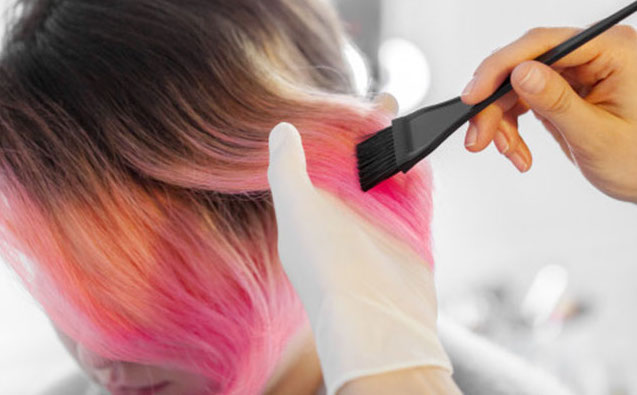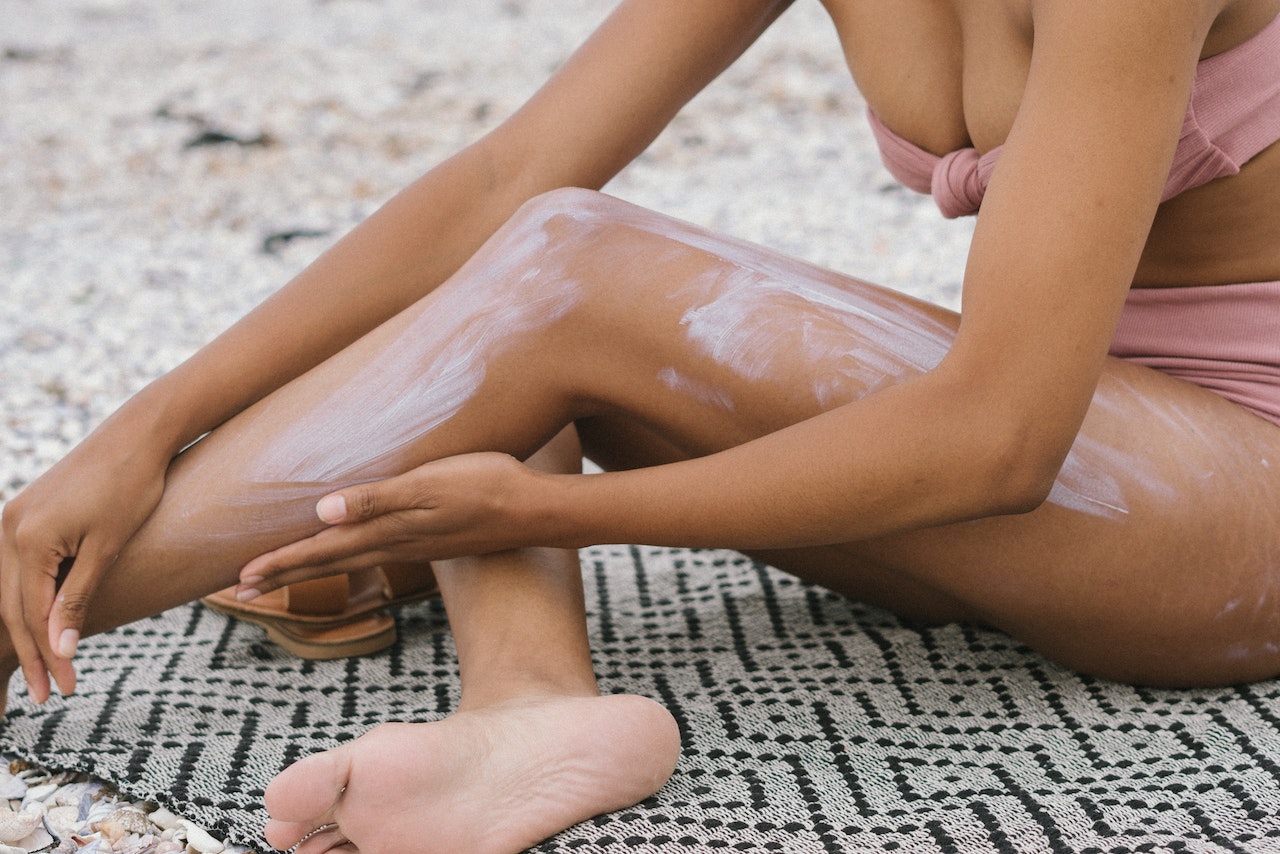DEOXYARBUTIN AND DIHYDROXYACETONE
Deoxyarbutin (CAS No. 53936-56-4), chemically 4-[(tetrahydro-2H-pyran-2-yl)oxy]phenol (INCI name: Tetrahydropyranyloxy Phenol) is a cosmetic ingredient used as a bleaching agent. It is a skin lightening agent synthesized through removal of hydroxyl groups from the glucose side-chain of ß-arbutin.
In 2008, on its opinion on ß-arbutin, the Scientific Committee on Consumer Products (SCCP) raised concerns with other substances resulting in the release and/or formation of hydroquinone. Hydroquinone is prohibited in cosmetics products, as it is listed in Annex II (entry 1339) of the European Cosmetic Regulation No 1223/2009. As an exception, Hydroquinone is only permitted for professional use in artificial nail systems in a concentration in the final product up to 0.02% (Annex III, entry 14).
The European Commission’s Scientific Committee on Consumer Safety (SCCS), concluded in 2015 that, due to safety concerns raised with regard to the life cycle of products containing that substance, the use of Deoxyarbutin up to 3% in face creams cannot be considered as safe.
Dihydroxyacetone (DHA, CAS No: 96-26-4) is an aliphatic ketone that is used as a hair dyeing, skin conditioning and tanning agent in cosmetics and personal care products. This ingredient is used in self-tanning cosmetic products in the EU market since the 1960’s.
In 2010, the SCCS published an opinion on the use of DHA on cosmetic products and concluded that the use of this substance as a self-tanning ingredient in cosmetic formulations up to 10% and in spray cabins up to 14% would not pose a risk to the health of the consumer. In another opinion, issued in 2020, the SCCS considered that DHA is safe when used as a hair coloring ingredient in leave-on applications (non-oxidative) up to a maximum concentration of 6.25%. Moreover, the SCCS also concluded that the use of Dihydroxyacetone as a hair coloring ingredient in leave-on applications (non-oxidative) up to a maximum concentration of 6.25 % together with the use of self-tanning lotion and face cream containing up to a maximum concentration of 10% Dihydroxyacetone is also considered safe.
COMMISSION REGULATION (EU) 2021/1099
Until now, Deoxyarbutin and Dihydroxyacetone were not regulated in Regulation (EC) No 1223/2009.
On July 5 2021 the Commission Regulation (EU) 2021/1099, amending Annexes II and III of the European Cosmetic Regulation (EC) No 1223/2009, entered into force.
Based on the SCCS opinions on both substances, the Commission considers that:
- Deoxyarbutin should be prohibited for use in cosmetic products and added to the list of prohibited substances (Annex II) of the Cosmetics Regulation.
- It is necessary to add a new entry in Annex III of the Cosmetics Regulation, restricting the use Dihydroxyacetone in non-oxidative hair dye products and in self-tanning products only, in a maximum concentration of up to 6.25% and 10% respectively.
Appropriate and reasonable periods of time should be granted to industry in order to adapt to the new requirements on the use of Dihydroxyacetone in cosmetic products and to phase out the placing and making available on the market of cosmetic products which do not comply with those requirements.
If you wish to know more information about these ingredients or amendments to the Eurpean Cosmetic Regulation, feel free to contact us at info@criticalcatalyst.com.
References:
- Regulation (EC) No 1223/2009 of the European Parliament and of the Council of 30 November 2009 on cosmetic products.
- Commission Regulation (EU) 2021/1099 of 5 July 2021 amending Annexes II and III to Regulation (EC) No 1223/2009 of the European Parliament and of the Council on cosmetic products.















